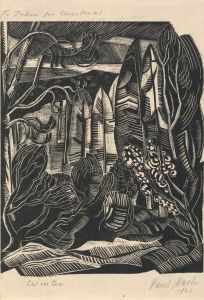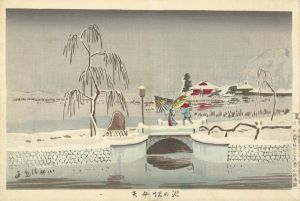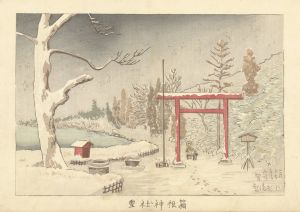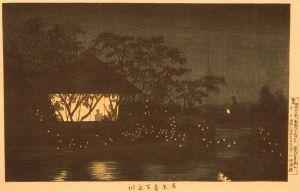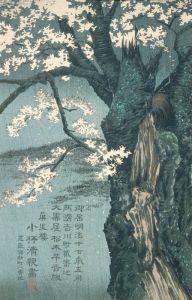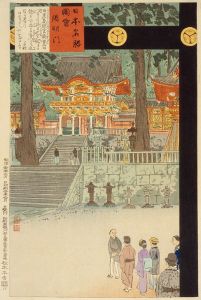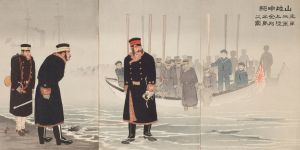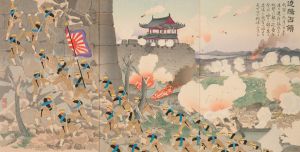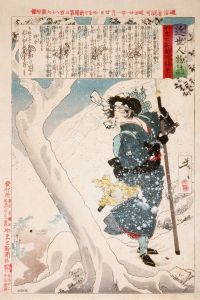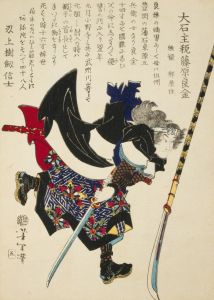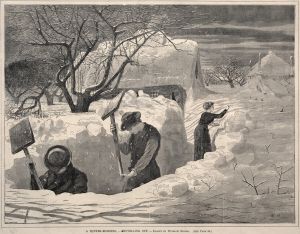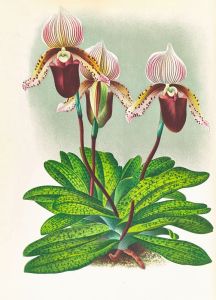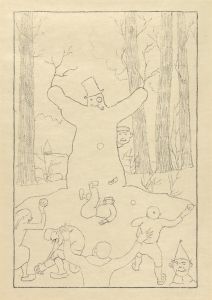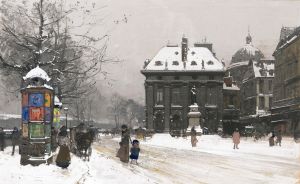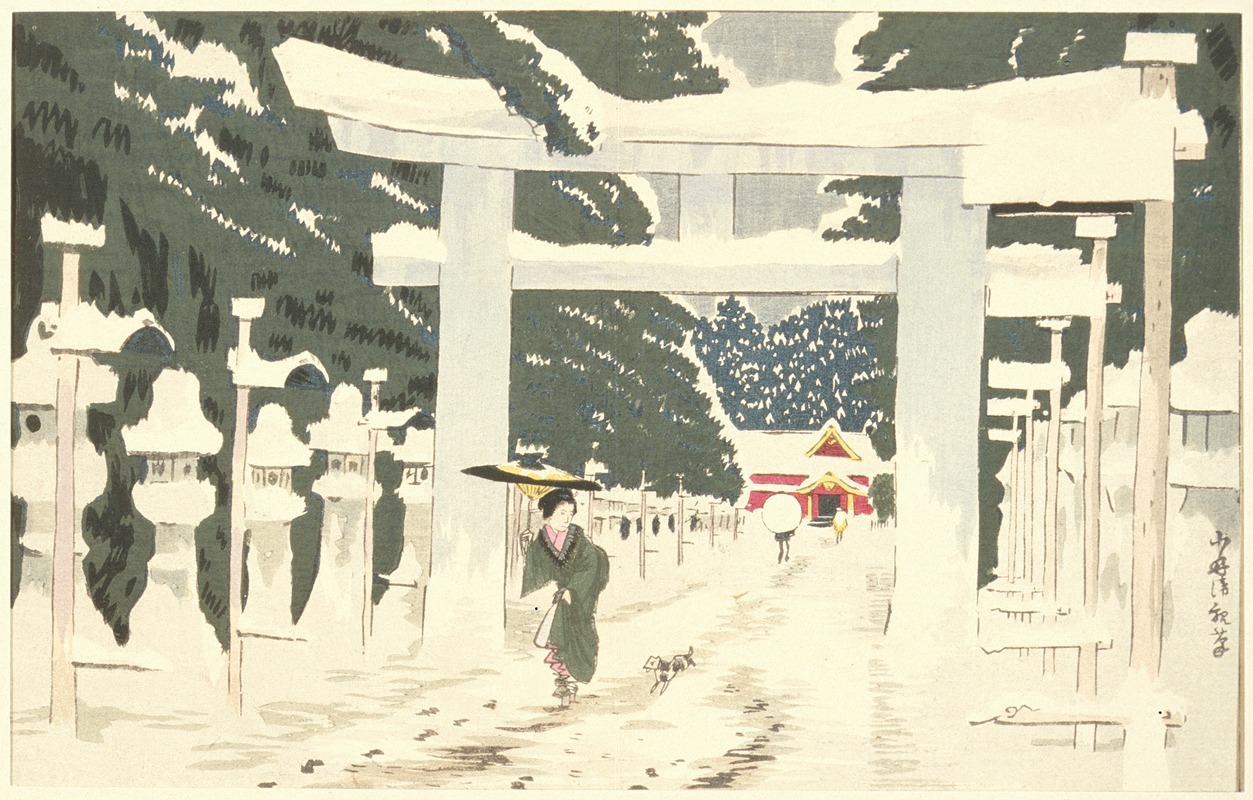
Heavy Snow at Tōshōgū Shrine in Ueno
A hand-painted replica of Kobayashi Kiyochika’s masterpiece Heavy Snow at Tōshōgū Shrine in Ueno, meticulously crafted by professional artists to capture the true essence of the original. Each piece is created with museum-quality canvas and rare mineral pigments, carefully painted by experienced artists with delicate brushstrokes and rich, layered colors to perfectly recreate the texture of the original artwork. Unlike machine-printed reproductions, this hand-painted version brings the painting to life, infused with the artist’s emotions and skill in every stroke. Whether for personal collection or home decoration, it instantly elevates the artistic atmosphere of any space.
Kobayashi Kiyochika was a prominent Japanese artist known for his ukiyo-e woodblock prints and paintings during the Meiji era. His work often depicted the rapid modernization of Japan and the transformation of Tokyo, capturing the blend of traditional and modern elements in the late 19th and early 20th centuries. One of his notable works is "Heavy Snow at Tōshōgū Shrine in Ueno," which exemplifies his unique style and thematic focus.
"Heavy Snow at Tōshōgū Shrine in Ueno" is part of Kiyochika's series of prints that illustrate various scenes of Tokyo under different weather conditions and times of day. The Tōshōgū Shrine, located in Ueno Park, Tokyo, is dedicated to Tokugawa Ieyasu, the founder of the Tokugawa shogunate. This shrine is a significant cultural and historical site, known for its beautiful architecture and serene surroundings.
In this particular artwork, Kiyochika captures the tranquil beauty of the shrine enveloped in a heavy snowfall. The scene is characterized by a sense of quietude and stillness, with the snow blanketing the ground and the structures, creating a monochromatic landscape that emphasizes the peacefulness of the moment. Kiyochika's use of light and shadow is masterful, as he employs subtle gradations to depict the soft glow of light reflecting off the snow-covered surfaces.
Kiyochika's technique in this print reflects his interest in Western art styles, particularly in the use of perspective and chiaroscuro, which were relatively novel in Japanese art at the time. His ability to blend these Western techniques with traditional Japanese aesthetics results in a distinctive style that sets his work apart from other ukiyo-e artists. The composition of "Heavy Snow at Tōshōgū Shrine in Ueno" demonstrates his skill in creating atmospheric effects and capturing the ephemeral beauty of nature.
The Meiji era, during which Kiyochika created this piece, was a time of significant change in Japan. The country was undergoing rapid modernization and Westernization, and artists like Kiyochika were influenced by these changes. His work often reflects a sense of nostalgia for the disappearing traditional landscapes and lifestyles, juxtaposed with the new urban environment. "Heavy Snow at Tōshōgū Shrine in Ueno" can be seen as a representation of this tension, as it portrays a traditional site amidst the modernizing city of Tokyo.
Kiyochika's prints, including this one, were well-received for their innovative approach and technical excellence. They provide valuable insights into the cultural and social shifts occurring in Japan during the Meiji period. Today, his works are appreciated not only for their artistic merit but also for their historical significance, offering a window into a pivotal era in Japanese history.
In summary, "Heavy Snow at Tōshōgū Shrine in Ueno" by Kobayashi Kiyochika is a remarkable example of Meiji-era art that captures the serene beauty of a snow-covered shrine while reflecting the broader cultural transformations of the time. Through his unique blend of Western and Japanese techniques, Kiyochika creates a poignant visual narrative that continues to resonate with audiences today.





